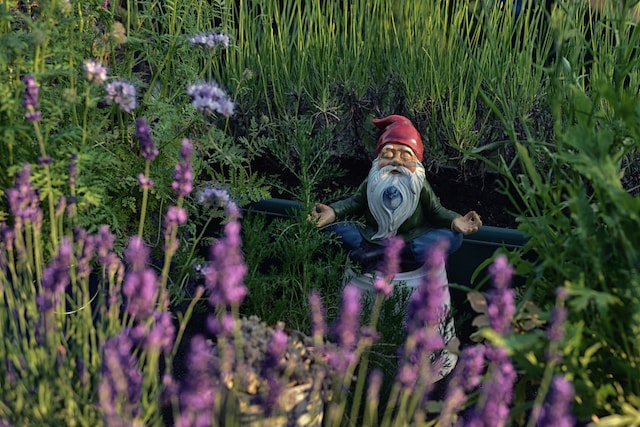Gardening was never my forte. Honestly, I proudly wore the label of a “brown thumb” for most of my life. I’d often cringe at the thought of tending to plants, certain I’d unintentionally send them to an early demise. Little did I know that my journey from reluctant gardener to someone who finds solace in…
gardener's brain
The Gardener’s Brain
As you stand amidst the lush, vibrant foliage of a garden, your busy mind settles into the soothing rhythm of the natural world. The rumination stops. You notice the gentle rustling of leaves, the cheerful chorus of birdsong, and the earthy aroma of freshly turned soil. It’s in these still moments that you realize there’s…

